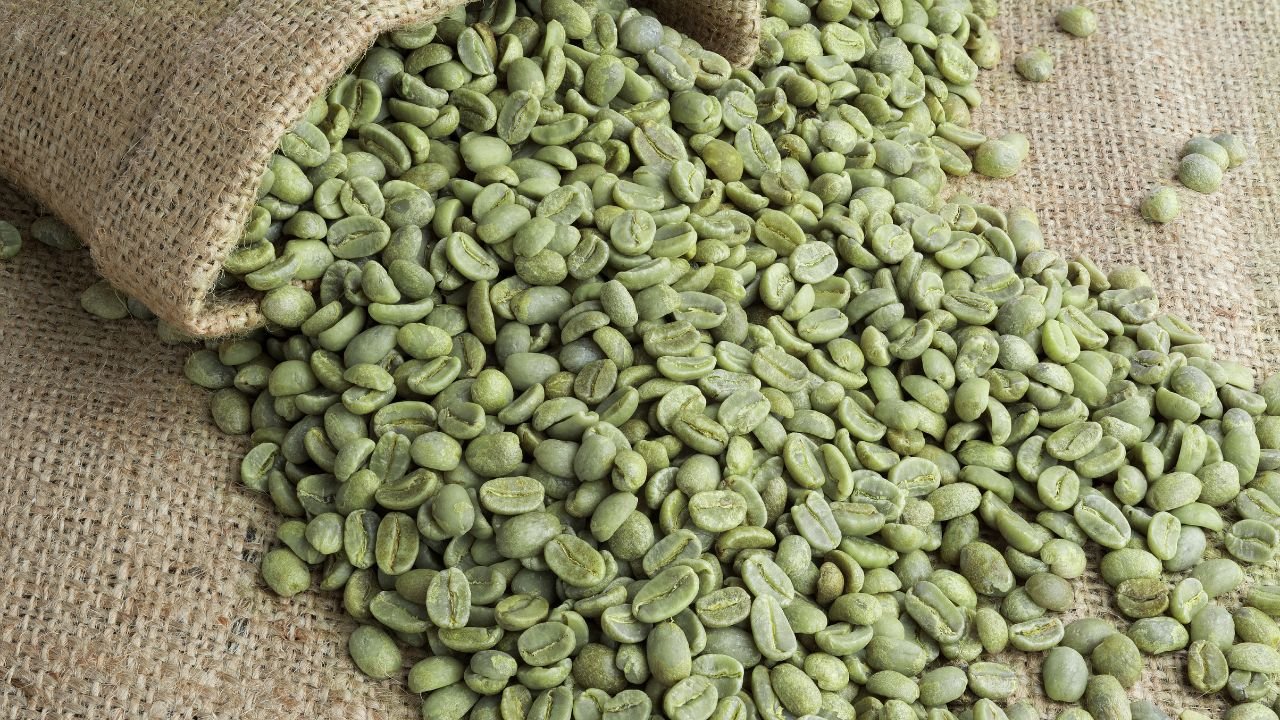The Timeline and History of Coffee in Indonesia

Do you know the complete history of coffee in Indonesia? Are you aware that Indonesia has many renowned coffees throughout the world? If you don’t but want to understand more about this topic, read the rest of the article!
Table of Contents
Check This Out! History Of Coffee In Indonesia

It is important to note that there are many theories about how they discovered coffee and who discovered the coffee beans before moving on to the main topic. The most famous story began in Kaffa, Ethiopia, in 1671. There was a shepherd named Kaldi.
At that time, he discovered something strange about his goats. They behaved erratically energetic and would not sleep after eating some berries.
Then, Kaldi took and brought some of the berries to the monastery. He explained the whole story about his goats, yet the chaplain considered the berries devil’s sustenance. When he tossed the berries into the fire pit, they smelled the berries’ aroma.
After saving the coffee beans, they chose to brew the beans. After discovering the beans’ effect, they started making coffee drinks, which could keep them awake and do the long-hour prayer.
The early history of coffee was brimmed with controversy. There were a lot of forbidden laws concerning the act of drinking coffee. For example, in Europe, King Charles II prohibited the existence of coffeehouses because the places had a link to rebellious activities. Yet it might be the most popular choice of drink nowadays.
A Timeline of the History of Coffee in Indonesia
1. In the 17th Century, the Dutch Colonization
The history started in 1696 when Dutch traders bought coffee seeds from Mocha, Yemen, to Indonesia. Then, they began to plant these seeds in the Kedawoeng Estate, Batavia, Dutch East Indies (now known as Jakarta). However, the plantation failed because of floods.
In the next three years, they tried to plant the seeds again until this effort was successful. Then, they began to cultivate coffee plants in areas with high altitudes. The sources were of the Arabica variety, which was grown into one of Indonesia’s majority of Arabica coffee.
2. In the 18th Century, Global Coffee Trading
After the success of cultivating Indonesian coffee in many areas of Java island, the Dutch began to ship these coffees to other continents. Thousands of tons of coffee became the most sought-after commodity in Europe in 1726.
Since the trade was brimming with money, the Dutch colonial government took control of the monopoly. No Java coffee was approved to be shipped to Arabian Peninsula.
As such, Amsterdam City was known as the world’s coffee capital. To keep up with the overflowing demand, the Dutch began cultivating coffee plants in other areas of East Java, such as Sumatra, Sulawesi, and Bali.
3. From the 20th Century to the Present Day
In the years following the end of Dutch colonization, the colonial government gave Indonesians the right and ownership to cultivate the remaining coffee plantations. Afterward, with the spread of coffee in the country, the people began to raise plants on each island.
Right now, Indonesian coffee has gained global recognition to be one of the best coffees in the world (Indonesia Specialty Coffee), such as Toraja from Sulawesi, Bali Kintamani from Bali, and Mandheling from Sumatra. In addition, our country will be the fourth biggest coffee producer in the world in 2022, with a total of 1,455,050,000 pounds (data provided by World Population Review).
Despite the Dutch colonization of Indonesia coffee history, the current renowned coffees result from the people’s hard work. With its unique and distinct taste, it’s no wonder that many locals and foreign people favor coffee from Indonesia. You can get the coffee at FnB Tech Indonesia if you want to taste it.











